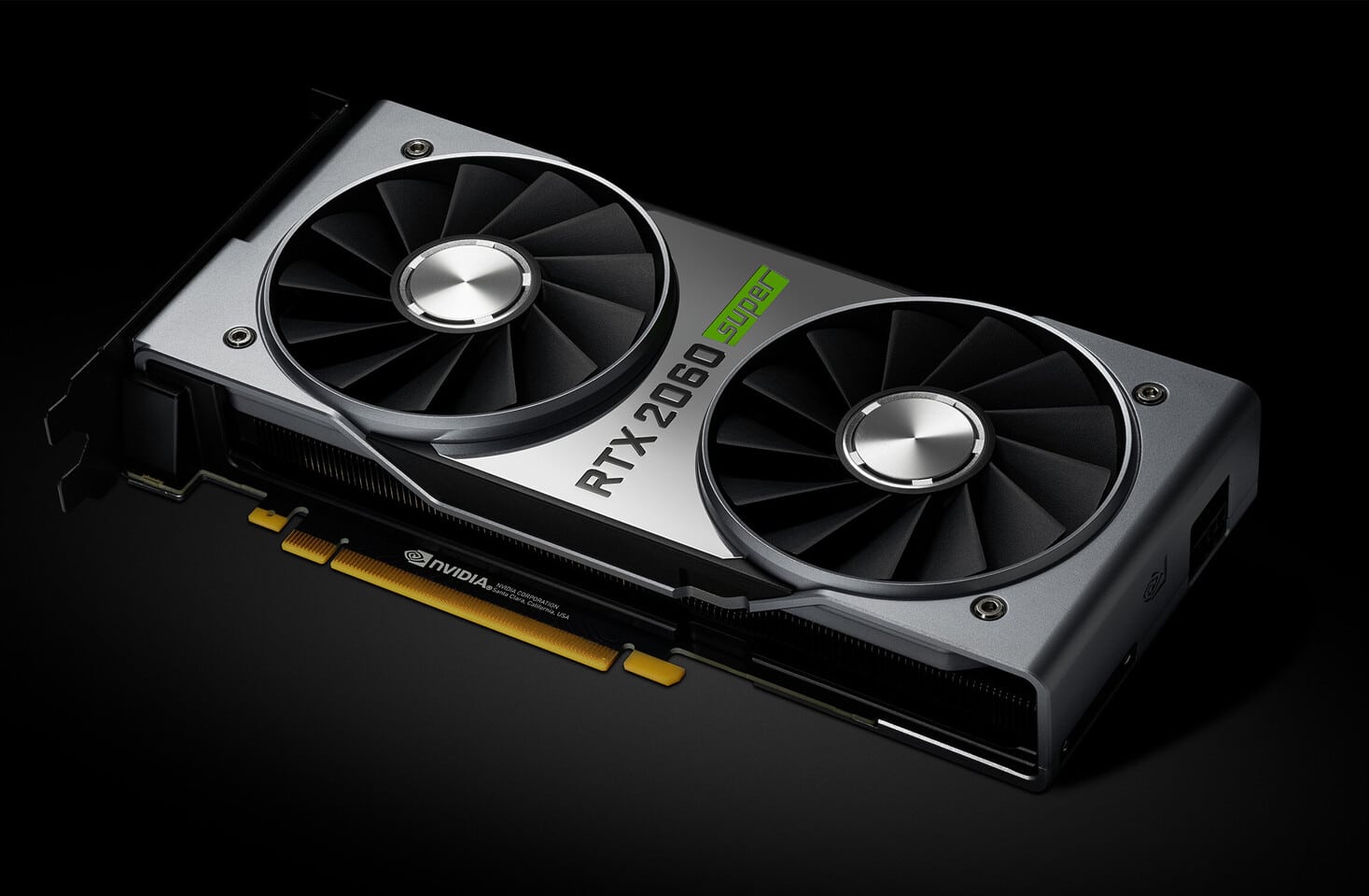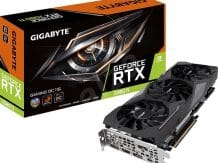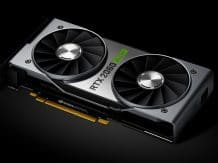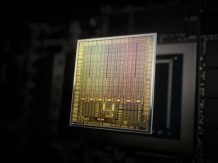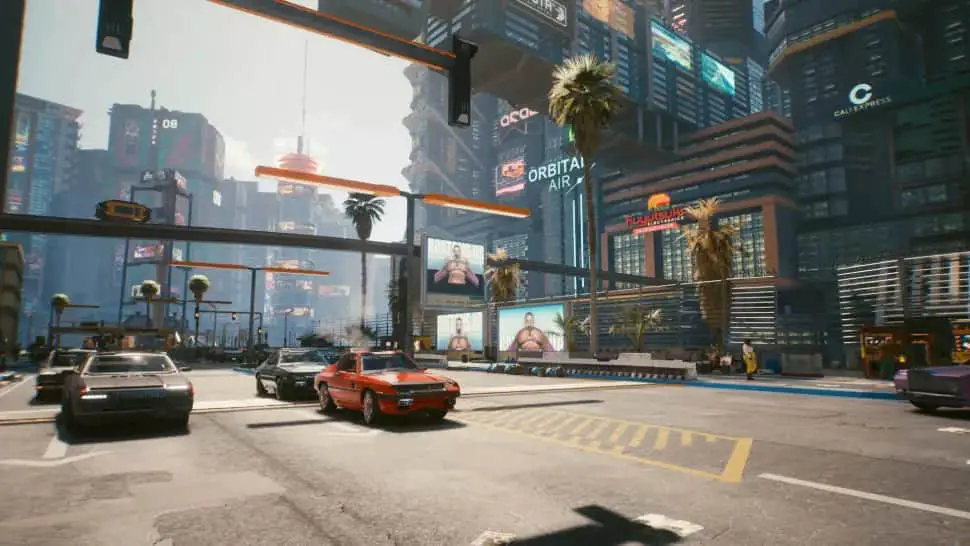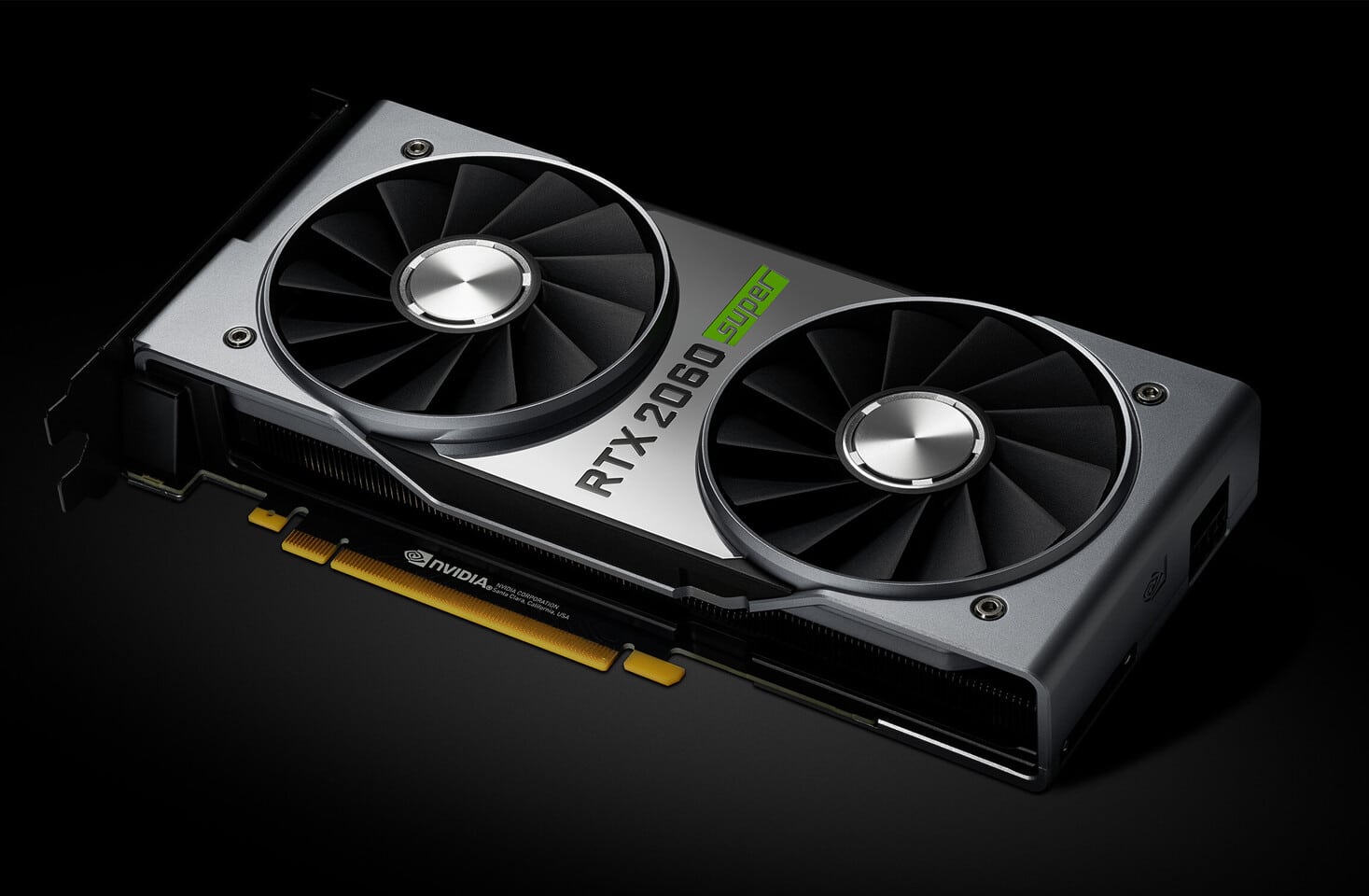Certain GeForce GTX graphics cards support ray tracing!
–
New drivers provide support for GPUs Pascal and Turing.
Nvidia has released a new set of drivers that allow GTX owners to enjoy ray tracing in games that support these additional visuals.
Previously, this feature was exclusively for RTX graphics cards, but in March Nvidia promised wide support for ray tracing, including GTX graphics cards and not only Turing models (for example, GTX 1660), but also 10th, that is, the previous generation graphics cards.
Indeed, the new 425.31 GeForce Game Ready drivers support DirectX Raytracing (DXR) on GeForce GTX 1660 Ti and GTX 1660, along with GTX 1080 Ti, GTX 1080, GTX 1070 Ti, GTX 1070 and GTX 1060 (6GB).
Titan X and Titan Xp got support too.
Naturally, you have to keep in mind that the consequence can be performance degradation on GTX graphics cards that don’t have the fancy specialized RT cores that really help in rendering ray-traced scenes (a heavy graphics task even for RTX graphics cards, after all).
When the company first introduced this capability to GTX graphics cards, Nvidia made it clear that we should only expect basic low-quality ray tracing effects, as these GPUs simply can’t handle anything more complex.
And with the release of new drivers, Nvidia has provided some handy benchmarks to give an idea of the ray tracing performance to expect from GTX graphics cards.
Unsurprisingly, Metro Exodus, a fairly heavy game, will limp at 16.4fps on a GTX 1080 Ti with 1440p resolution and active ray tracing set to Ultra detail. Whereas with DLSS support, the RTX 2080 Ti achieves a smooth 65.7 FPS, while the RTX 2080 achieves 52.7 FPS with the same settings. (DLSS helps improve frame rates as well as image quality; the technology does not offer additional benefits to GTX graphics cards.)
Shadow of the Tomb Raider, also at 1440p, but with “High” detail settings, showed a speed of 34 frames per second for the GTX 1080 Ti, which is at least acceptable – but the RTX 2080 Ti spins out 84 frames per second, and the RTX 2080 achieves 64 frames per second (recall again that RTX models use DLSS).
TURING GTX?
What about the GTX 1660 Ti? The video card showed 8.5 frames per second for Metro Exodus and 24 frames for playing Tomb Raider – the last result almost reached the figure of the GTX 1080 – but in general, these numbers should not intrigue the gamer. However, remember that these tests were run with Ultra and High DXR settings, as we mentioned, Nvidia mentioned that we should rely on basic effects, ie Low DXR detail settings.
Oddly enough, Nvidia did not offer any benchmarks at low settings, but the company did include the results of playing Battlefield V at medium DXR. Here, at 1440p, the GTX 1080 Ti hit a much more impressive 50.6 fps, while the GTX 1660 Ti scored 36.8 fps, naturally well behind RTX cards like the vanilla RTX 2080, which squeezed out 72.8 fps. FPS (with DLSS).
Scrolling down to Full HD with medium settings, the GTX 1080 Ti ran at 64.1 FPS, while the GTX 1080 averaged 53.1 FPS, the GTX 1660 Ti not far behind at 49.8 FPS. Thus, lowering the tracing setting to a low level can make for smoother and more demanding ray-traced games.
Overall, given the benchmarks demonstrated, it seems like Nvidia is trying to emphasize the power of the RTX graphics cards, as opposed to the GTX’s ability to handle ray tracing effectively.
Nvidia has also released three demos that showcase ray tracing performance: Atomic Heart, Justice, and Reflections, the latter being developed by Epic Games.
The new 425.31 drivers also provide optimizations for Anno 1800 and resolve some bugs, including random crashes in ARK: Survival Evolved with GeForce RTX 20-series graphics cards.
Intel graphics cards can support ray tracing?





